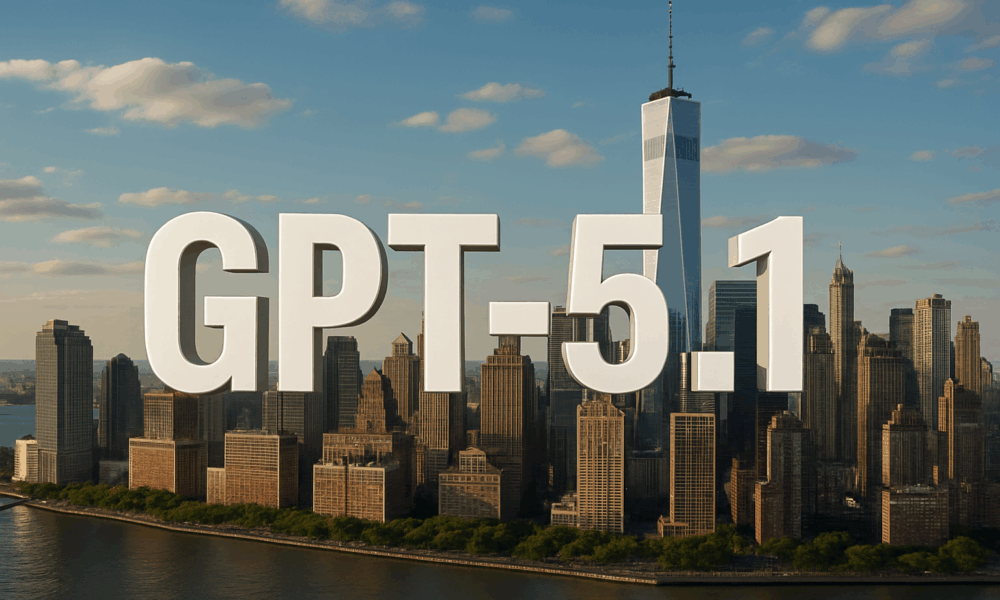
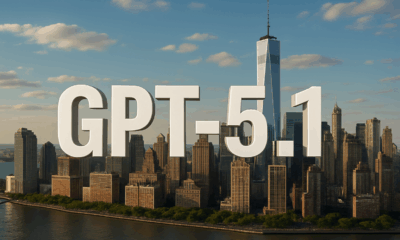

Whispers of a new AI model have begun circulating through developer channels and backend dashboards, and it appears OpenAI is preparing to release a stealth update:...
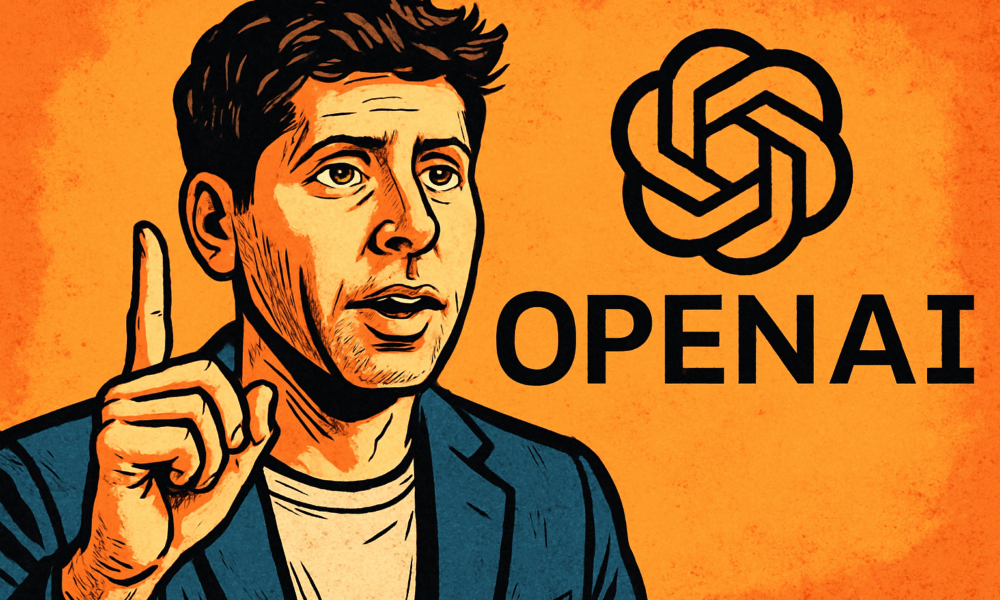
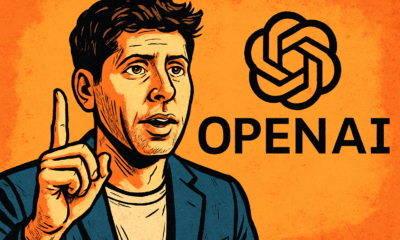

Capabilities Advancing, but the World Stays the Same In a post shared recently by Sam Altman, OpenAI laid out a new framework reflecting just how far...
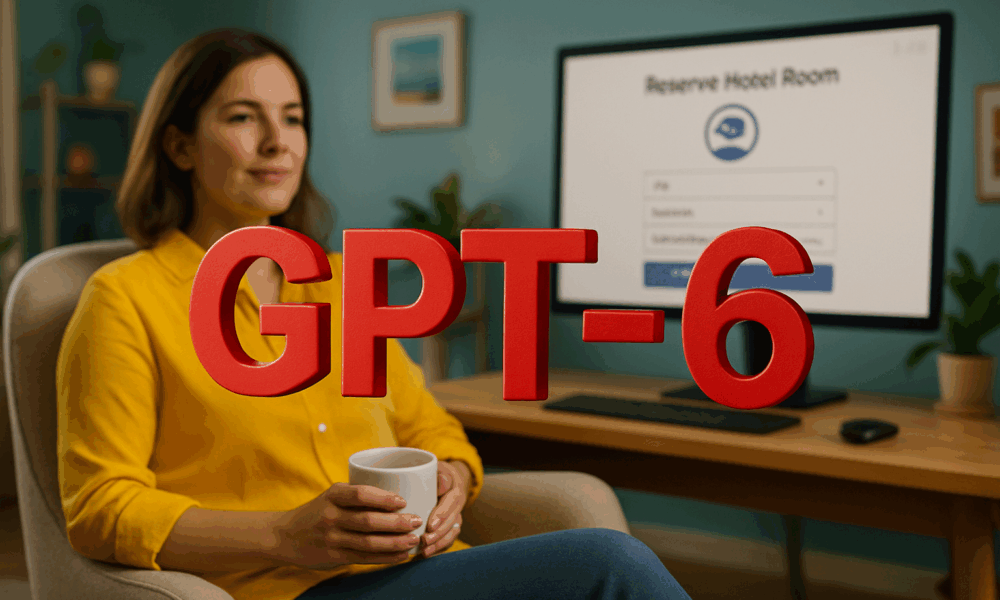


The world is watching for OpenAI’s next move. After the launch of GPT-4 and the iterative advancements with GPT-4 Turbo, the question isn’t just when GPT-6...
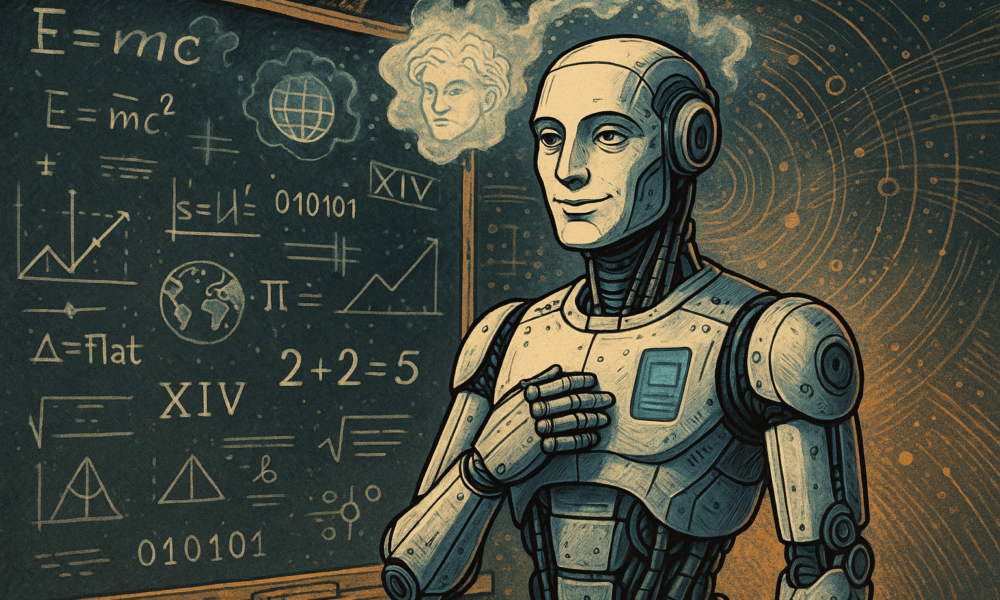
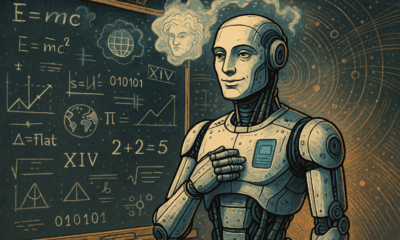

In a bold move that promises to reshape the infrastructure of artificial intelligence, OpenAI and Nvidia have announced a sweeping partnership: the deployment of 10 gigawatts...
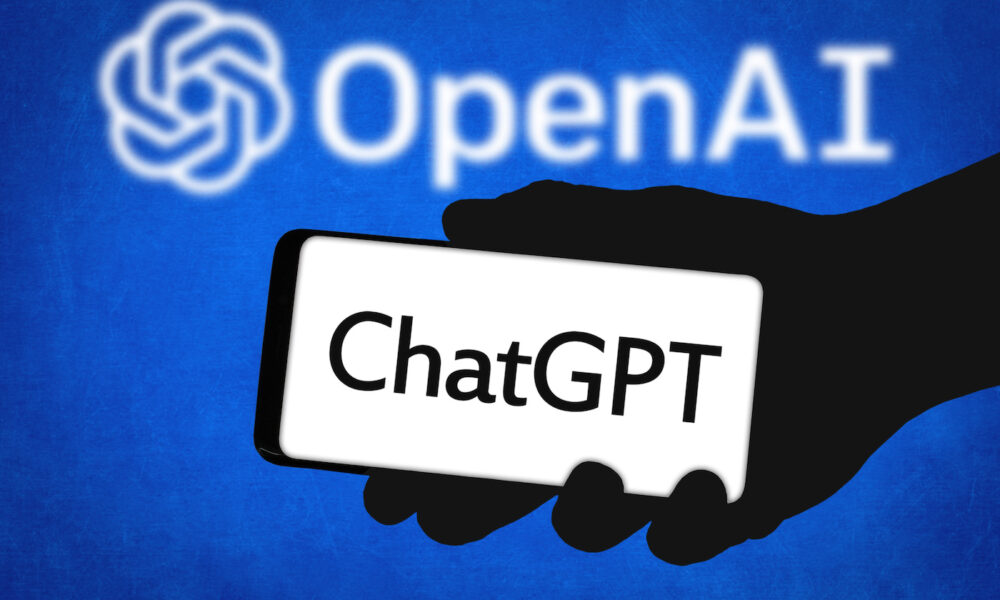
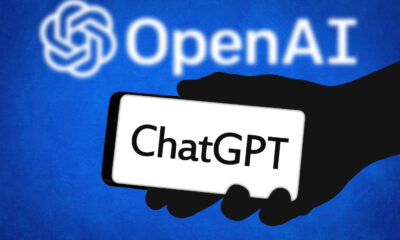

The Rise of AI in Everyday Life Once seen as a workplace productivity tool, ChatGPT is now firmly embedded in people’s daily lives. According to new...
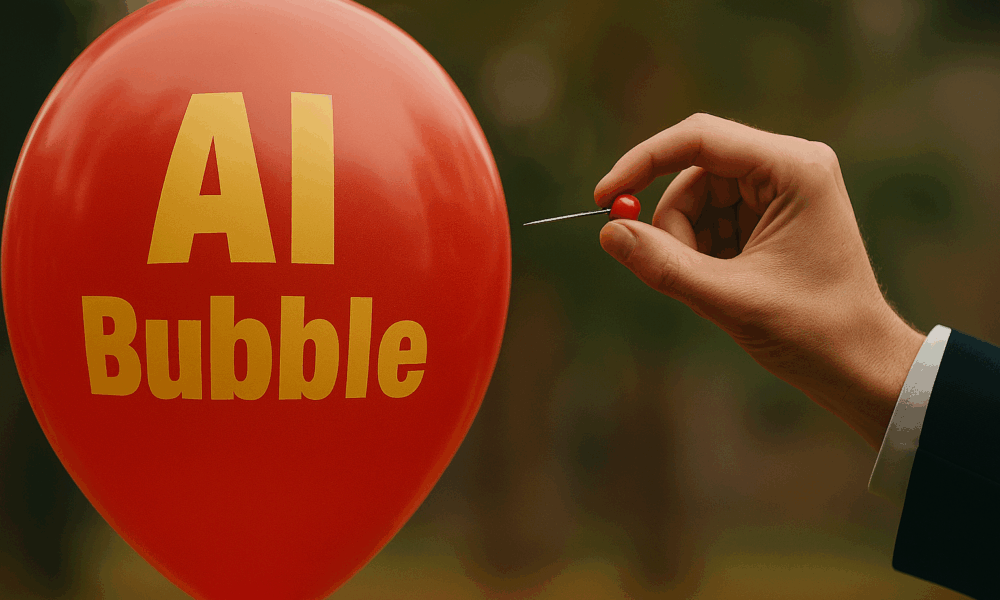


The Catchy Question We’ve heard it before: from venture capitalists, senior executives, journalists. “Are we in an AI bubble?” Bret Taylor, board chair at OpenAI and...
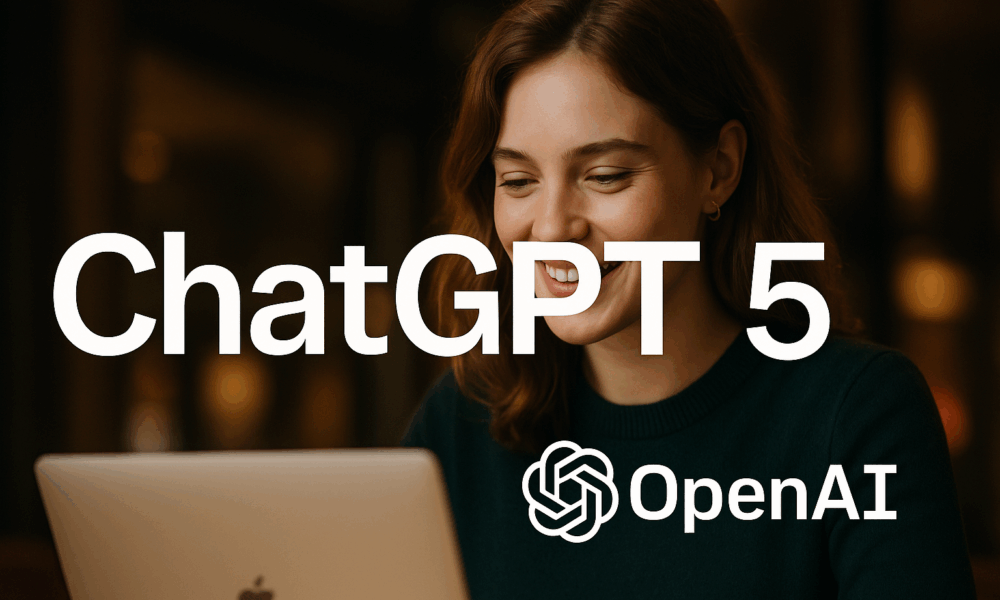
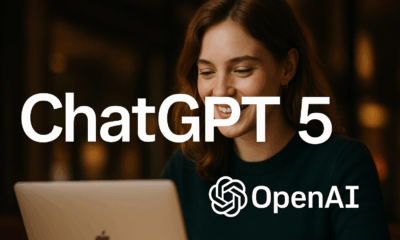

When ChatGPT Went SilentOn the morning of September 3, 2025, millions of people worldwide were greeted not by the usual hum of generative brilliance but by...
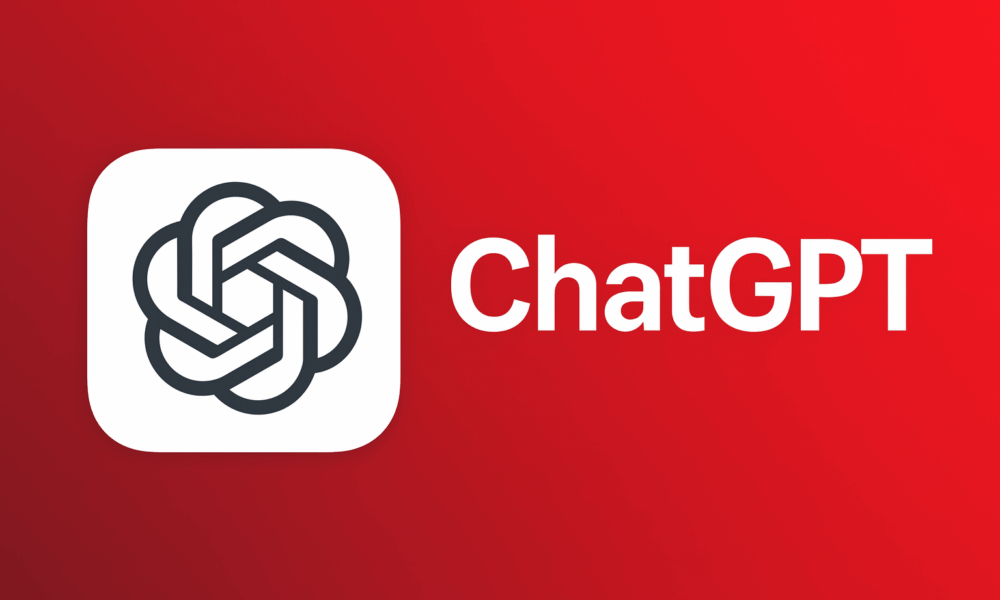
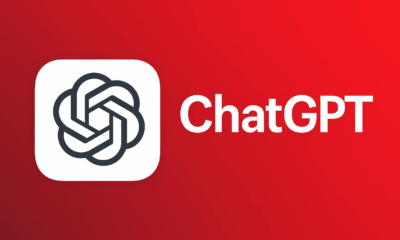

A Cultural and Technological Supernova In the rapidly shifting world of artificial intelligence, few innovations have captivated the public imagination quite like ChatGPT. It’s more than...
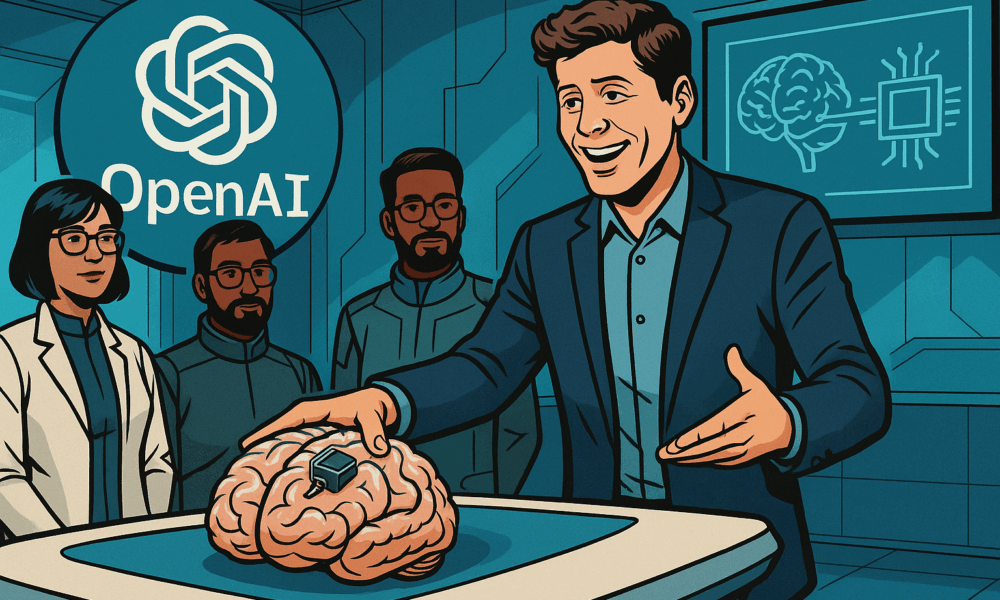
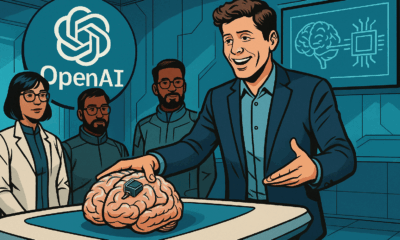

In a move that signals the next frontier of the AI revolution OpenAI CEO Sam Altman is stepping into the neural interface arena. Backed by OpenAI...
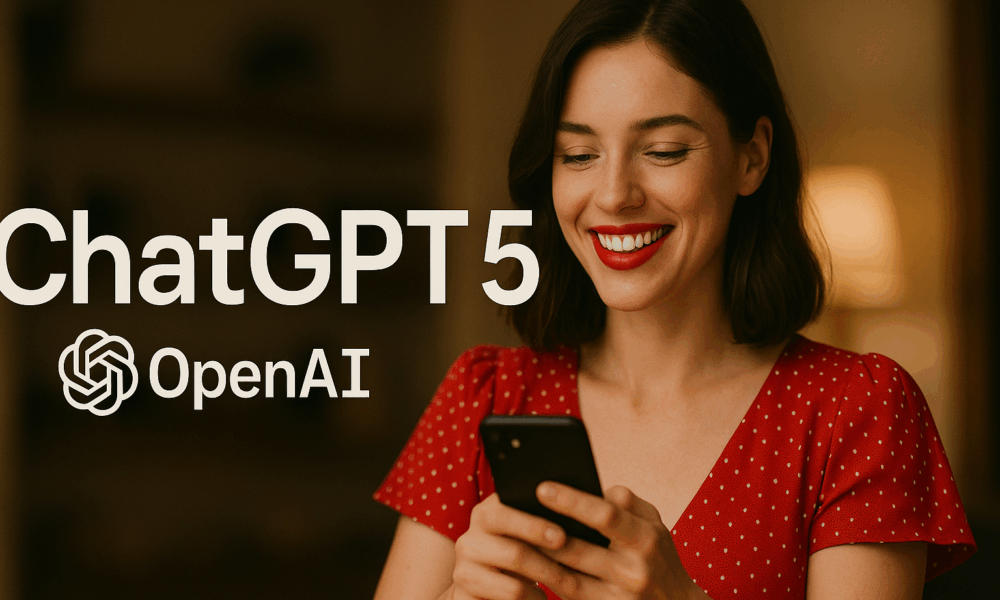
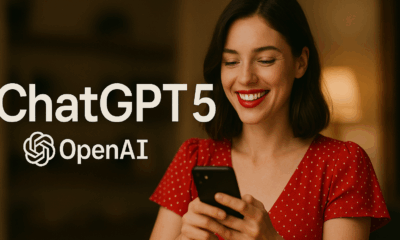

When OpenAI introduced GPT‑5 earlier this month, CEO Sam Altman promised a streamlined future: one intelligent model router to rule them all. Gone would be the...